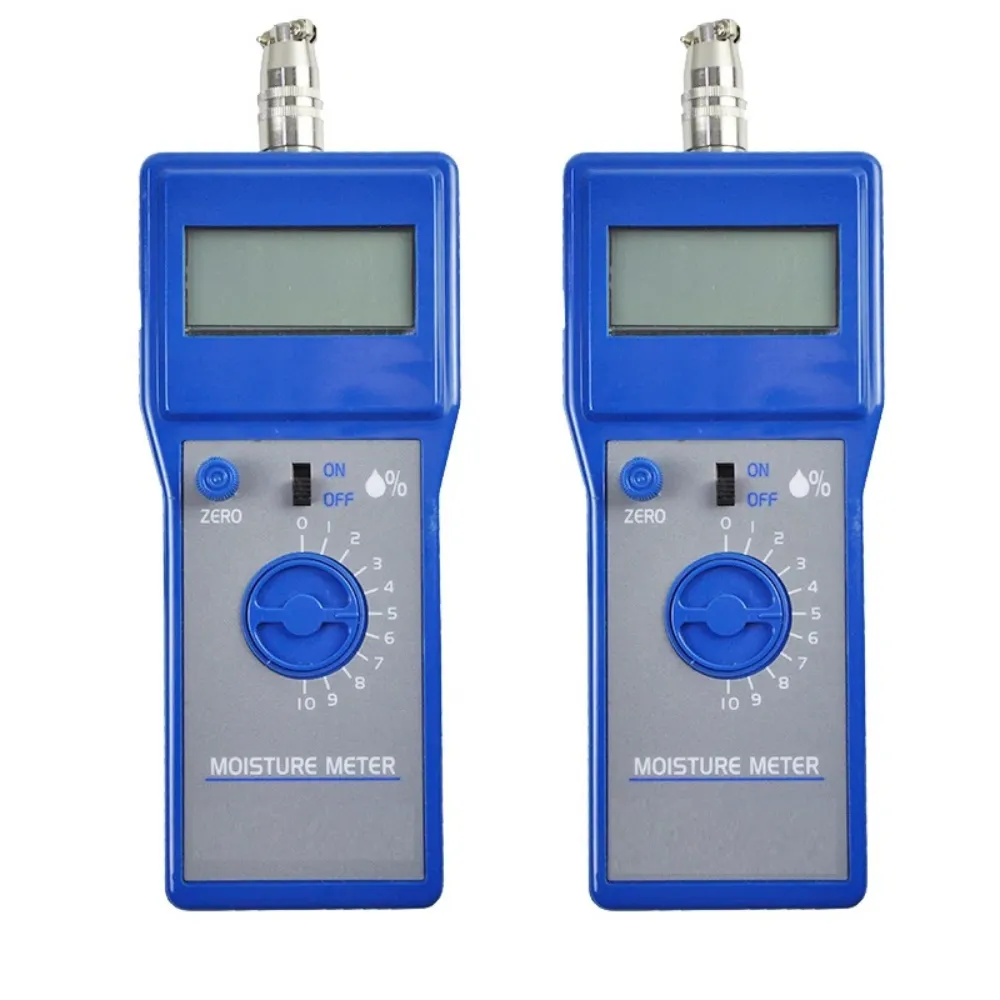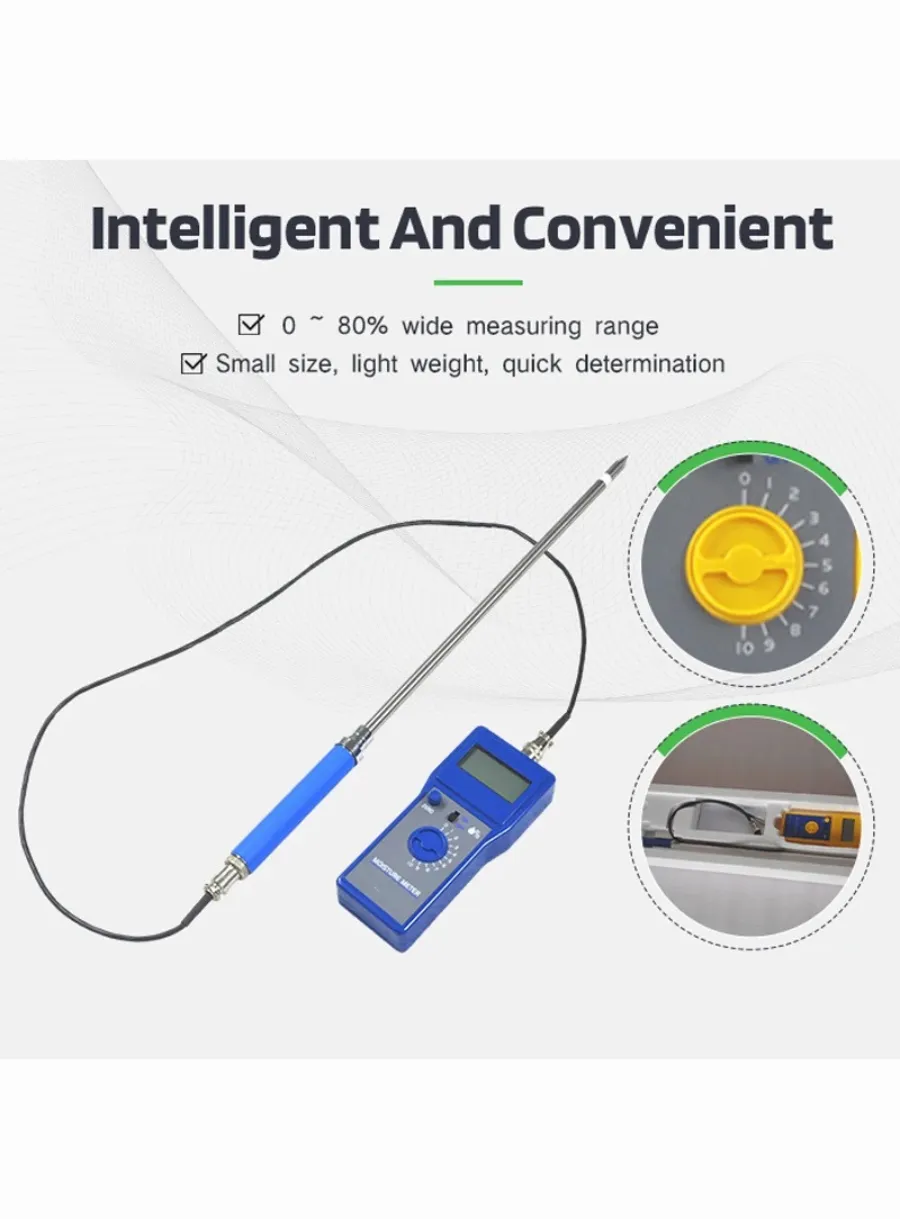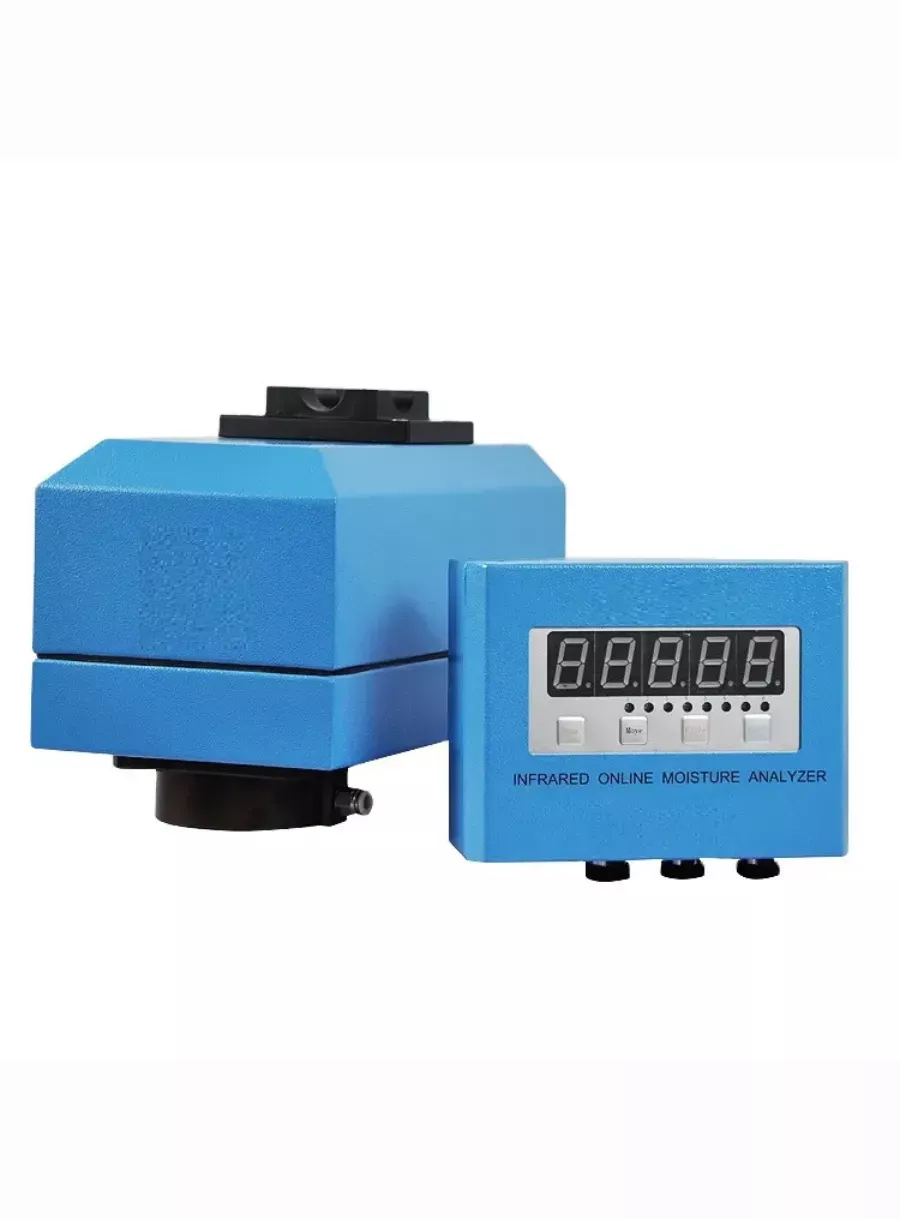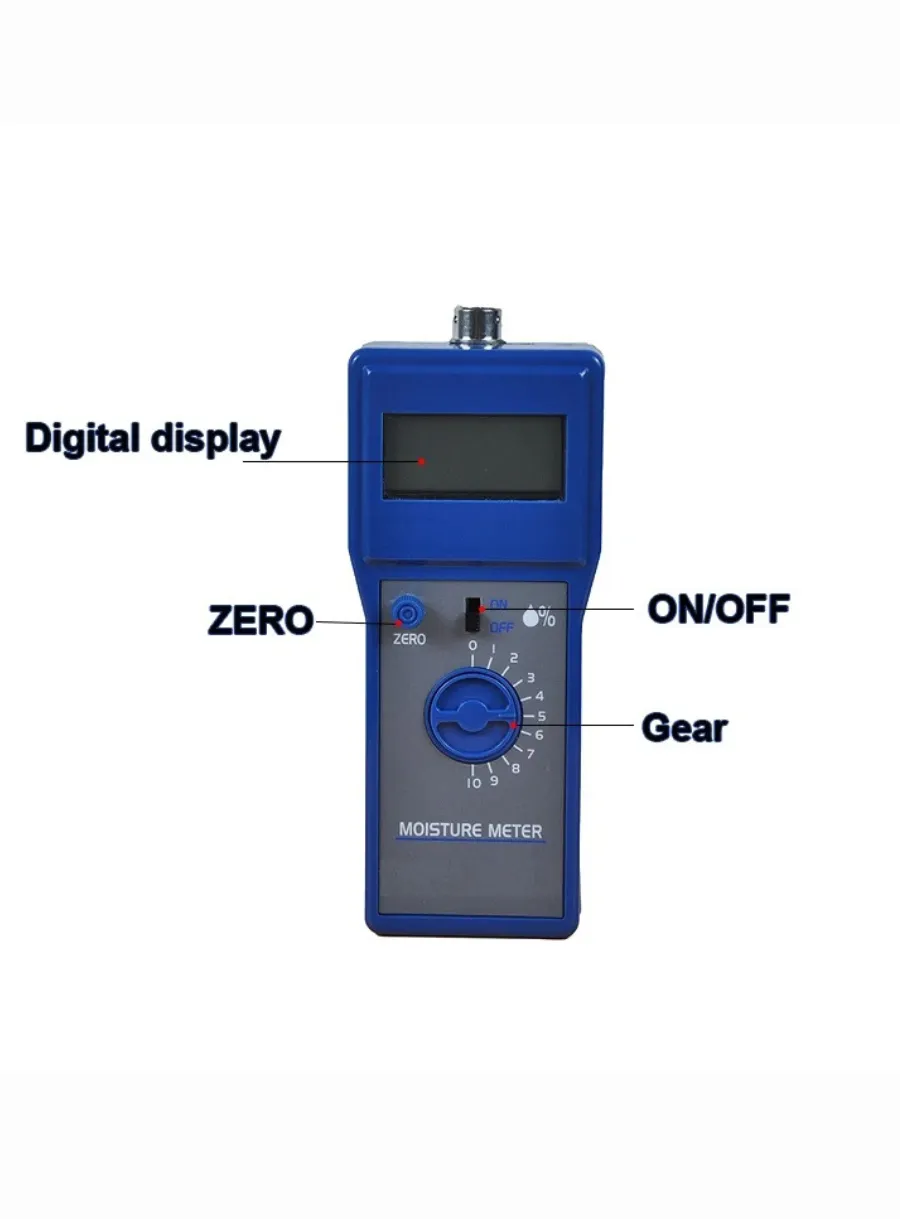
Historical Development of Hay Moisture Meters
Table of Contents
The use of hay moisture meters has evolved significantly over the years, driven by the need to ensure the quality and safety of hay bales. Historically, improper moisture levels in hay have led to considerable damage and financial loss for farmers. For instance, in July 1977, a hay fire in Schenectady, New York, caused nearly $2 million in damages due to incorrect moisture content. Similarly, a farmer in South Dakota lost approximately 2,000 bales of hay in 2009 for the same reason. These incidents highlight the importance of accurate moisture monitoring in hay production.

Advancements in technology have greatly improved the tools available for monitoring hay moisture. Traditional methods, such as the feel test, were subjective and inconsistent. The feel test involved grabbing a fistful of hay and assessing its readiness based on texture, which varied from person to person. In contrast, modern hay moisture meters provide objective and precise measurements by utilizing principles such as electrical resistance. Moisture acts as an effective conductor of electricity, while hay serves as an insulator. By measuring the electrical resistance between two metal contacts on the probe, these meters can accurately calculate the moisture content of the hay.
The Impact of Moisture Levels on Hay Quality and Safety
Over time, the agricultural industry has recognized the critical role of hay moisture meters in preventing issues like bacterial contamination and erosion of crop value. Excessive moisture can lead to mold growth and other toxins, posing health risks to livestock and humans consuming dairy or beef products. On the other hand, insufficient moisture can make hay brittle, reducing its nutritional value and adversely affecting animal health. Thus, the adoption of reliable hay moisture meters has become an essential practice for ensuring the quality and safety of hay crops.
Embracing Technological Progress in Agriculture
The evolution of hay moisture meters reflects the broader trend of incorporating innovative tools and technology in modern farming. By staying up-to-date with these advancements, farmers can optimize their operations, enhance productivity, and mitigate risks associated with incorrect hay moisture levels. This ongoing commitment to technological progress continues to shape the development and use of hay moisture meters in the agricultural sector.

Comments
Tags
Frequently Asked Question
Lorem ipsum dolor sit amet, consectetur adipiscing elit. Ut elit tellus, luctus nec ullamcorper mattis, pulvinar dapibus leo.
Incorrect moisture levels can lead to hay fires, mold growth, reduced nutritional value, and potential health risks for livestock and humans consuming related products.
Modern hay moisture meters typically use electrical resistance to measure moisture content, as moisture conducts electricity while dry hay acts as an insulator.
Traditional methods like the feel test are subjective and can vary from person to person, leading to inconsistent and potentially inaccurate assessments of hay moisture content.
Hay moisture meters have allowed farmers to optimize their operations, enhance productivity, and mitigate risks associated with incorrect moisture levels, contributing to improved hay quality and safety.


